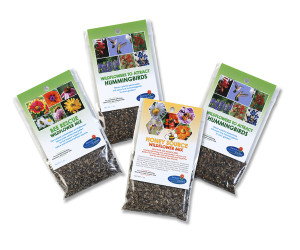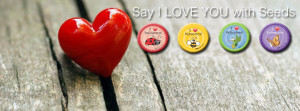The Wisdom of Bees
All About These Important Pollinators
by Sandy Swegel
“The bee collects honey from flowers in such a way as to do the least damage or destruction to them, and he leaves them whole, undamaged and fresh, just as he found them.” — St Francis de Sales, 16th c.
I spent a restful weekend in a monastery in Northern Colorado and came to understand much about the wisdom of bees. Mystics and poets have been observing bees for centuries and gathering wisdom for us to practice. Imagine what our world would be like if for the last five centuries we had followed St. Francis de Sales attitude toward nature.
In the 20th c John Muir would elaborate on the sustainability of bees:
“Handle a book as a bee does a flower, extract its sweetness but do not damage it.”
— John Muir
Another mystic, writing a thousand years early earlier in the 4th century, wrote:
“The bee is more honoured than other animals,
not because she labors,
but because she labours for others.”
— St John Chrysostom, Constantinople
Many have known that keeping bees is a task of the higher heavenly realms. As Henry David Thoreau mused in the 19th c.
“The keeping of bees is like the direction of sunbeams.”
And finally, the wisdom of bees to teach us that the toil of our everyday work can turn to joy.
From Dante’s Paradiso:
“Like bees that in a single motion swarm and dip into the flowers, then return, to Heaven’s hive where their toil turns to joy.”
The wise monk on my weekend wrote: “Love, motion, joy, renewal, gentleness, light, perfection; these are a few of the attributes of bees.”
No wonder we love them.
Photo credit:
http://www.glenn-apiaries.com/bee_photos_water_lily_nymphaea.html
http://en.wikipedia.org/wiki/Francis_de_Sales



